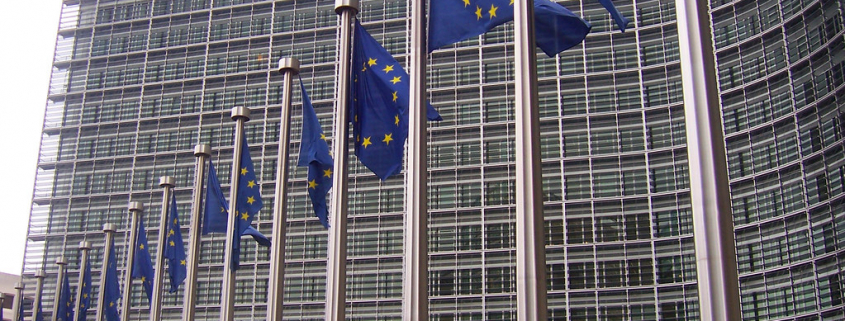A ruling on the interpretation of EU law concerning the genetic modification of plants is expected from the European Court of Justice at the end of July. The Opinion of Advocate General Bobek, often a good indication of the final ruling, implies that European countries may be given the opportunity to adopt their own national measures for varieties developed through new breeding techniques, as long as they comply with a number of conditions. This implicitly also opens the possibility to assess these varieties on a case-by-case basis. According to an article published by several Wageningen scientists in Nature Biotechnology, such an approach could serve the interests of the public as well as innovation in agriculture.
Targeted mutations
Recent years have seen the development of innovative techniques that allow scientists to achieve highly targeted mutations in plants. This led to the question, both among researchers and in society at large, of whether such plants would have to comply with EU rules that apply to genetically modified plants. Plants subjected to non-targeted mutations, for example through treatment with radiation or a particular substance, are exempt from EU rules regarding genetically modified organisms in terms of precautions taken, impact assessment and traceability, which means they do not need to be subjected to costly and intensive research confirming their safety before they are allowed on the market.
Following a class action brought against the French government by the organisation Confédération paysanne on behalf of several groups, France’s Conseil d’État (the highest administrative court) has asked the European Court of Justice to rule on this matter. In his Opinion preceding the ruling, Advocate General Michal Bobek concluded that plants which have undergone a targeted mutation without being treated with so-called recombinant DNA should not fall under EU rules for genetically modified plants. This would give the EU or its member states the freedom to decide whether regulatory measures should be taken. In this vein, Member States may want to decide to authorise these plants without additional testing, in theory allowing them to be marketed at relatively low entrance and research costs.
The official ruling of the European Court of Justice is expected on 25 July 2018.
Promoting both safety and innovation
Kai Purnhagen, an expert in European and international law at Wageningen University & Research, has published a scientific article on this subject together with other Wageningen experts on food safety and plant breeding in the prestigious journal Nature Biotechnology. The scientists conclude that a ruling in line with the Opinion of the Advocate General would allow the safety of the environment and of consumers to be safeguarded on the basis of scientific insights while also permitting more innovation in plant breeding and agriculture.
“If EU institutions do not take the ball up and intervene, this may ultimately give national authorities the possibility to assess whether safety is adequately secured on a case-by-case basis, that is, per plant variety,” Purnhagen states. “This could be done on the basis of previous scientific research. In this way we can prevent all varieties which have been given a new property via targeted mutation from being lumped in together. Action can be taken if there are safety concerns, while a new variety can be quickly brought to market when safety has been guaranteed.”
In addition to the publication in Nature Biotechnology, Wageningen scientists have already written about new plant breeding techniques (NPBTs) in other scientific journals – Transgenic Research and Trends in Biotechnology – this year. They also produced two booklets on NPBTs for non-experts on behalf of the Dutch Ministry of Agriculture, Nature and Food Quality. Moreover, scientists from Wageningen University & Research regularly give lectures during meetings in which they discuss NPBTs and the Wageningen vision, and answer questions from the audience.
Source: www.agropages.com
Image source: “Banderas Europeas en el Berlaymont (Bruselas)” by Amio Cajander. is marked with CC BY-SA 2.0.




